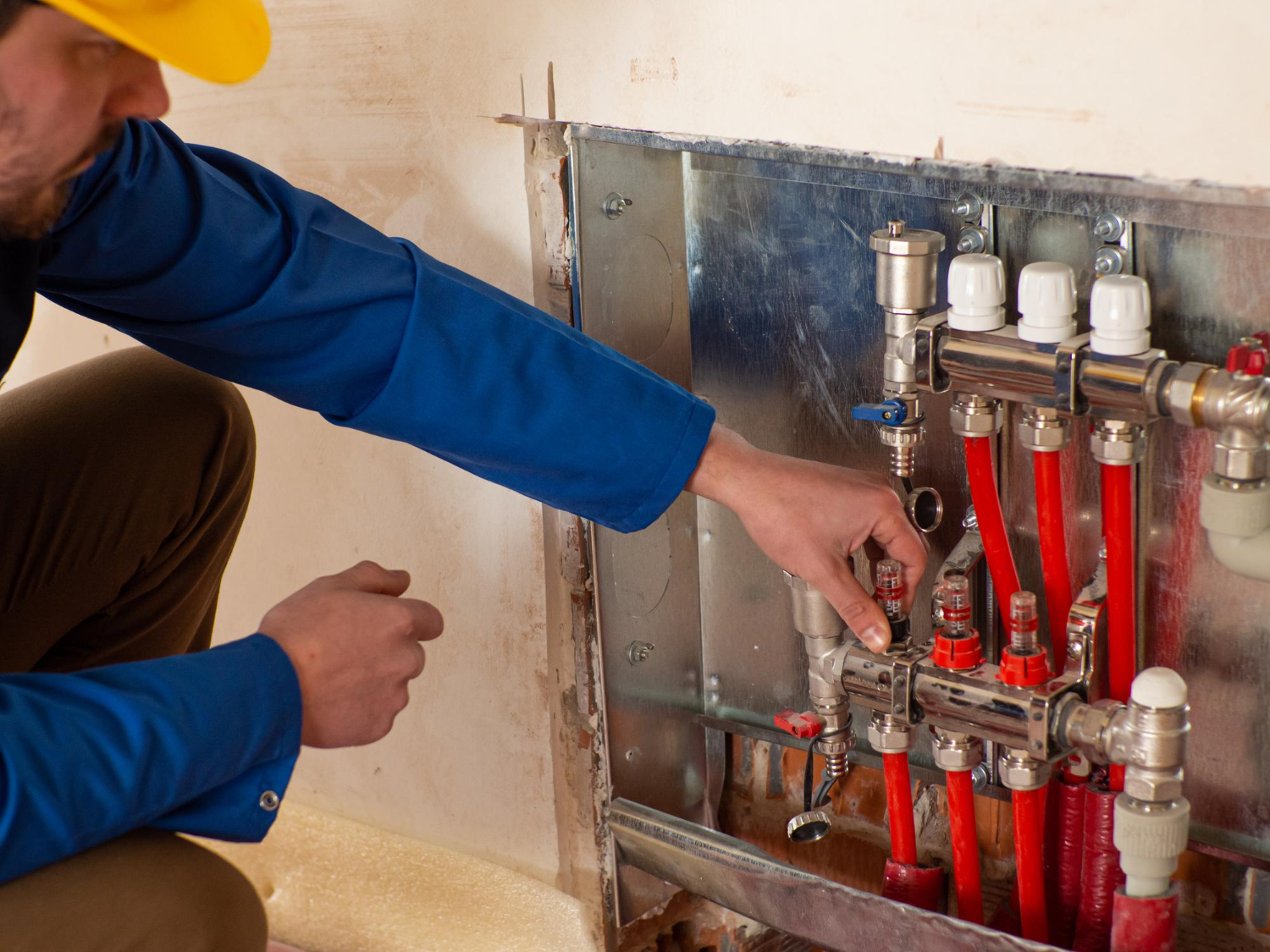Furnace installation is a significant task that requires careful planning and consideration. An efficient furnace ensures your home stays warm during the cold months and operates efficiently to save on energy costs. Choosing the right furnace, preparing your home, understanding the installation process, and knowing what to do post-installation are crucial steps to ensure everything goes smoothly.
Selecting the Right Furnace for Your Home
Choosing the right furnace is a critical step in the furnace installation process. Start by determining your home’s heating requirements. Consider factors such as the size of your space, the number of rooms, and insulation levels. These elements influence the type and size of the furnace needed to heat your home efficiently.
There are several types of furnaces to choose from, including gas, electric, and oil furnaces. Each type has its advantages. Gas furnaces are popular for their efficiency and lower operating costs. Electric furnaces are known for their safety and lower upfront costs. Oil furnaces might be less common but can offer powerful heating capabilities where gas isn’t available. Choose the type that aligns with your specific heating requirements and budget.
Another consideration is the furnace’s efficiency rating, often indicated by the Annual Fuel Utilization Efficiency (AFUE). Furnaces with higher AFUE ratings operate more efficiently, helping to reduce energy consumption and lower utility bills. Consult with our professionals to get expert advice tailored to your home’s specific needs.
Preparing Your Home for Installation
Preparing your home ensures a smooth and efficient furnace installation. Start by clearing the installation area. Remove any obstacles that might hinder access to the installation site. This can include moving furniture and ensuring the pathway to the furnace location is clear.
Ensure proper ventilation and ductwork. Modern furnaces often require specific ventilation systems to operate safely and efficiently. Check that your home’s existing ductwork is compatible with the new furnace and that vents are unobstructed. Our professionals can inspect and advise on any necessary modifications.
Confirm electrical requirements and gas lines. A new furnace may have different power needs compared to your old one. Ensure that your electrical system can handle the new furnace’s requirements. If opting for a gas furnace, verify that gas lines are properly installed and in good condition.
Preparing your home also involves communicating with our technicians. Discuss any concerns or special requirements you might have. Providing as much information as possible helps foster a smooth installation process, reducing the likelihood of issues arising during the installation.
Understanding the Installation Process
Understanding the furnace installation process helps set expectations and ensures a smooth experience. The process begins with our professionals conducting a thorough inspection of the installation site. They assess the current setup, ductwork, and any modifications needed to accommodate the new furnace.
Next, the old furnace is carefully removed. This step involves disconnecting electrical and gas lines, removing the unit, and preparing the space for the new furnace. Proper disposal of the old furnace is also considered, often handled by our technicians.
Installing the new furnace involves several crucial steps. Technicians place the new furnace in the prepared area, ensuring it’s level and secure. They then connect the gas and electrical lines, double-checking for safety and proper alignment. New ductwork or modifications to existing ducts are made at this stage if necessary. Finally, the furnace is tested to ensure it’s operating correctly, efficiently, and safely. Any adjustments needed for optimal performance are made at this time.
Post-Installation Tips and Maintenance
Following the installation of your new furnace, proper maintenance and care are essential for its longevity. Start by familiarizing yourself with the manufacturer’s maintenance guidelines and recommendations.
Here are several key post-installation tips:
- Change Filters Regularly: Replace furnace filters every 1-3 months to ensure optimal airflow and efficiency.
- Schedule Annual Inspections: Arrange for yearly check-ups by our professionals to identify and address potential issues before they become major problems.
- Monitor Performance: Watch for any unusual noises, odors, or fluctuations in heating. Report these issues to our technicians promptly.
- Keep Vents Clear: Ensure that air vents are not blocked by furniture or other items to maintain good airflow throughout your home.
- Clean Around the Furnace: Keep the area around the furnace free from dust, debris, and flammable materials to promote safe operation.
These simple, proactive steps will keep your furnace running efficiently and extend its lifespan, ensuring your home remains comfortable.
Conclusion
Furnace installation involves careful planning, from selecting the right unit to preparing your home and understanding the installation process. Post-installation care is essential for maintaining efficiency and longevity. By following these guidelines, you can ensure a smooth and successful furnace installation experience.
Taking the time to choose the right furnace and prepare appropriately will result in a more efficient heating system. Regular maintenance further safeguards your investment, providing reliable comfort throughout the cold months.
For unmatched expertise and service, trust LCS Heating & Cooling for all your HVAC needs. Contact us today to schedule your furnace installation in Lawrence, IN, and experience superior comfort and reliability!




